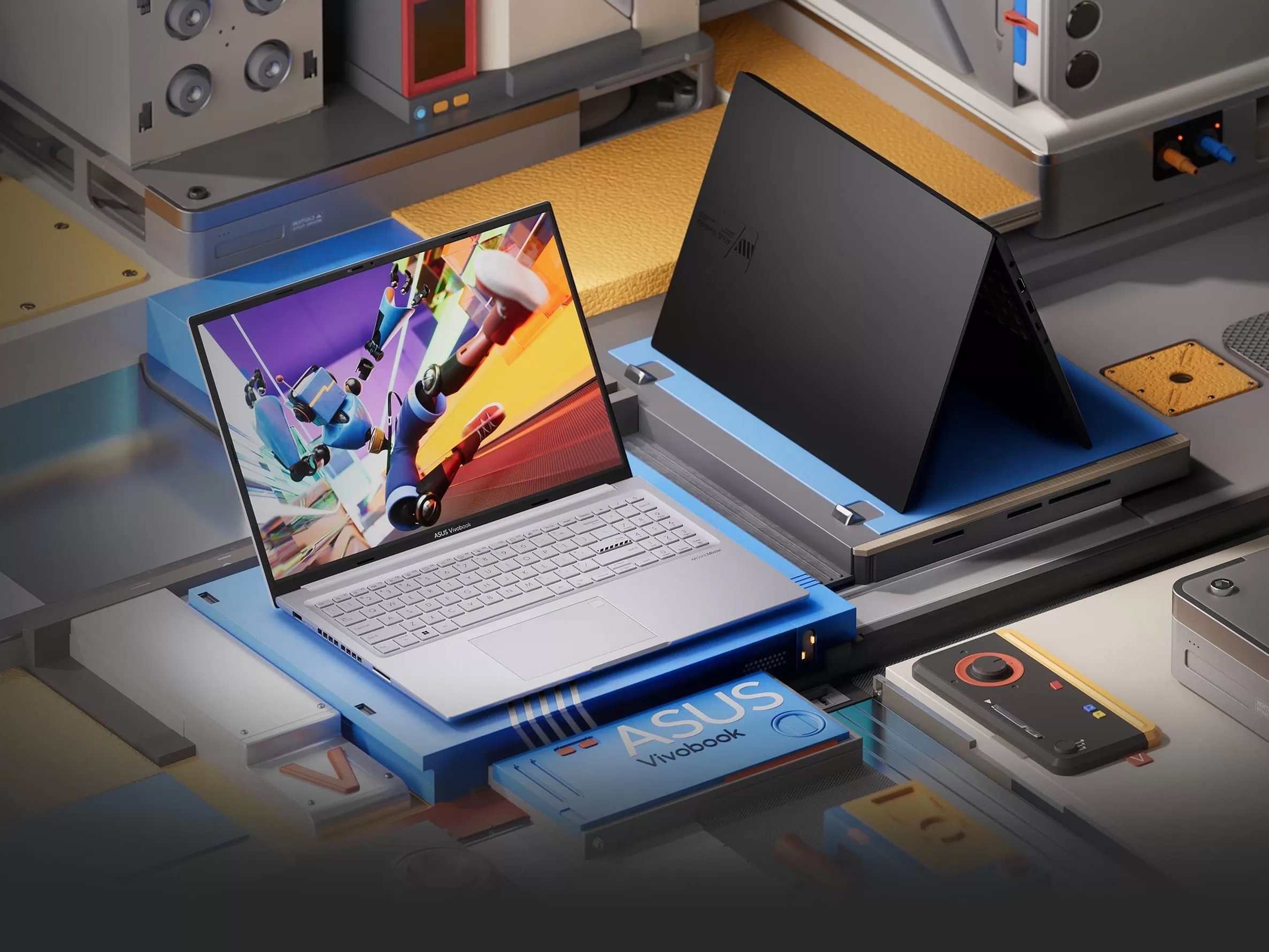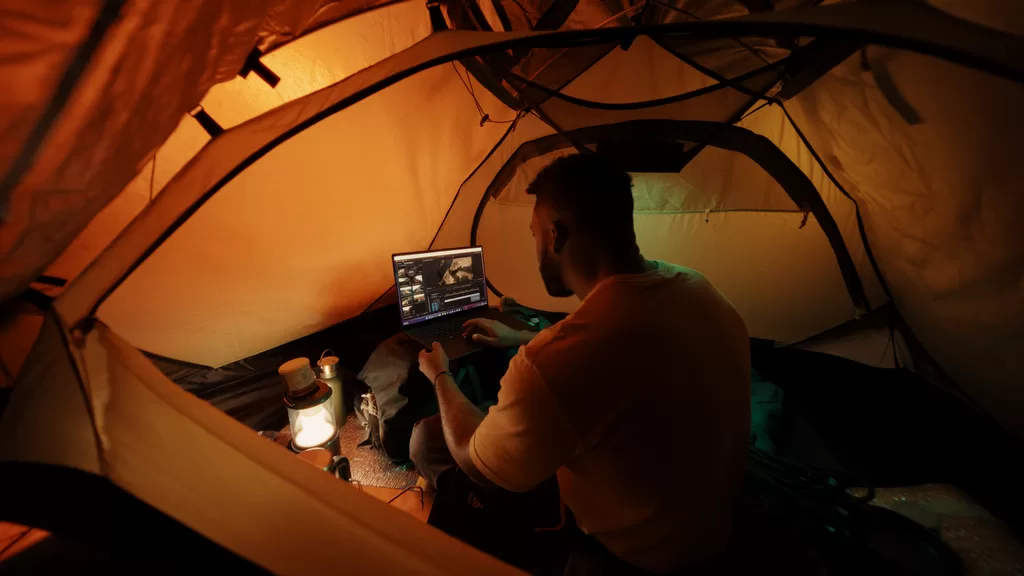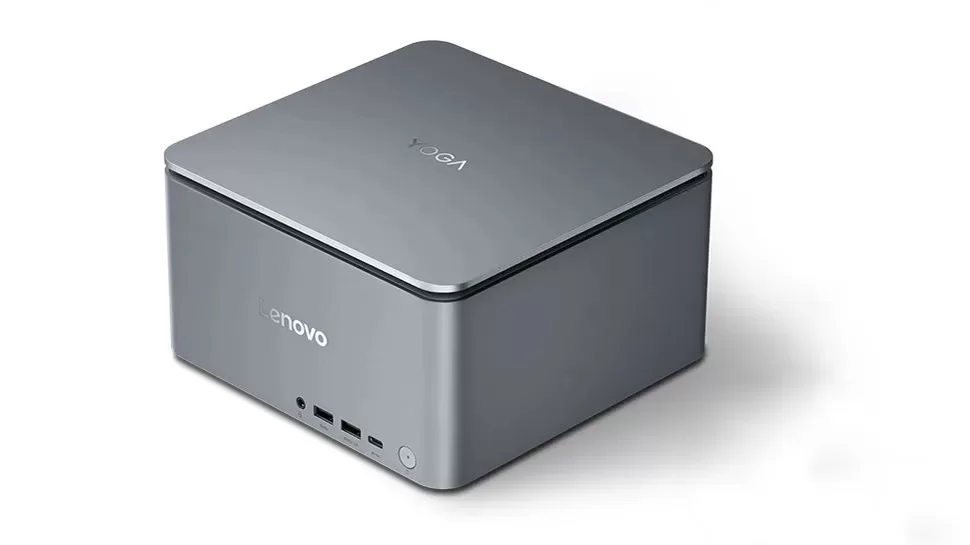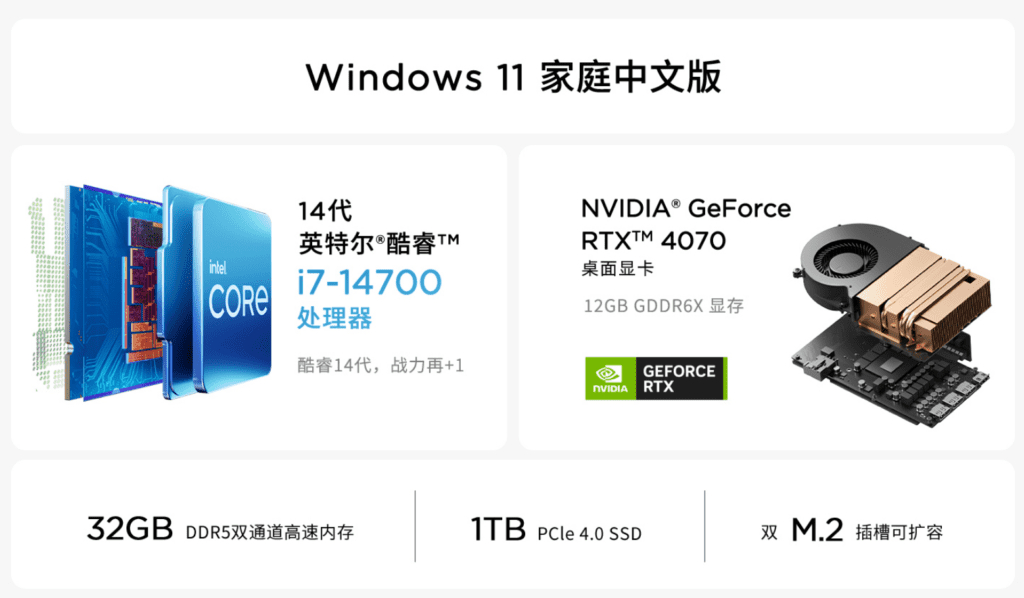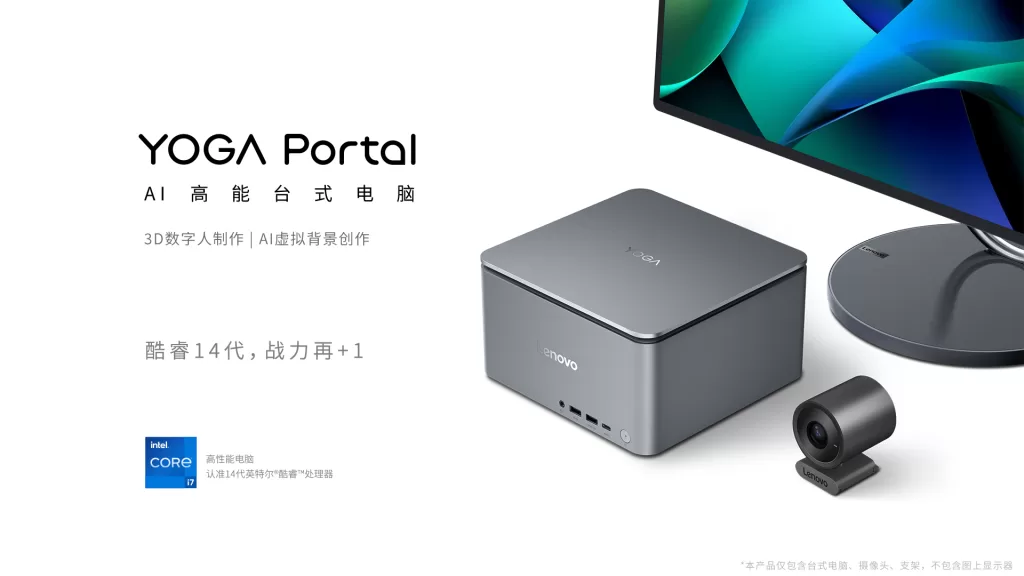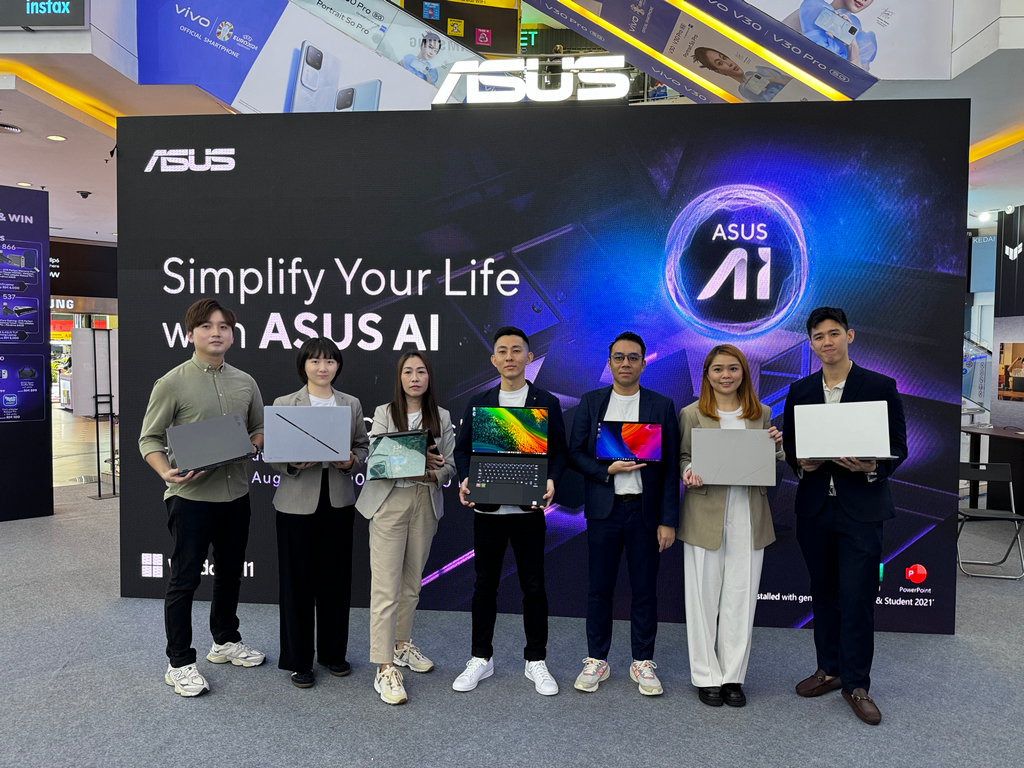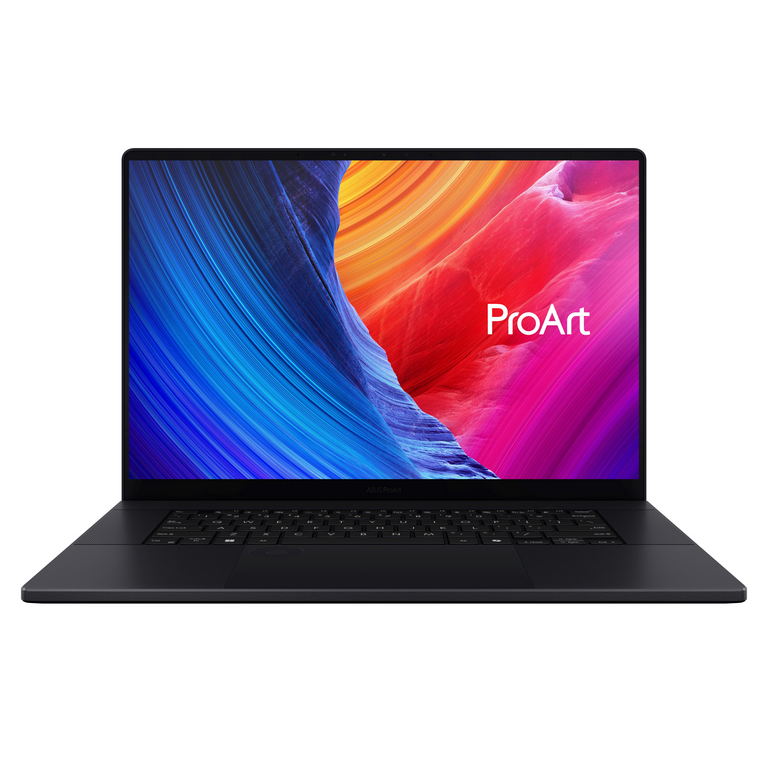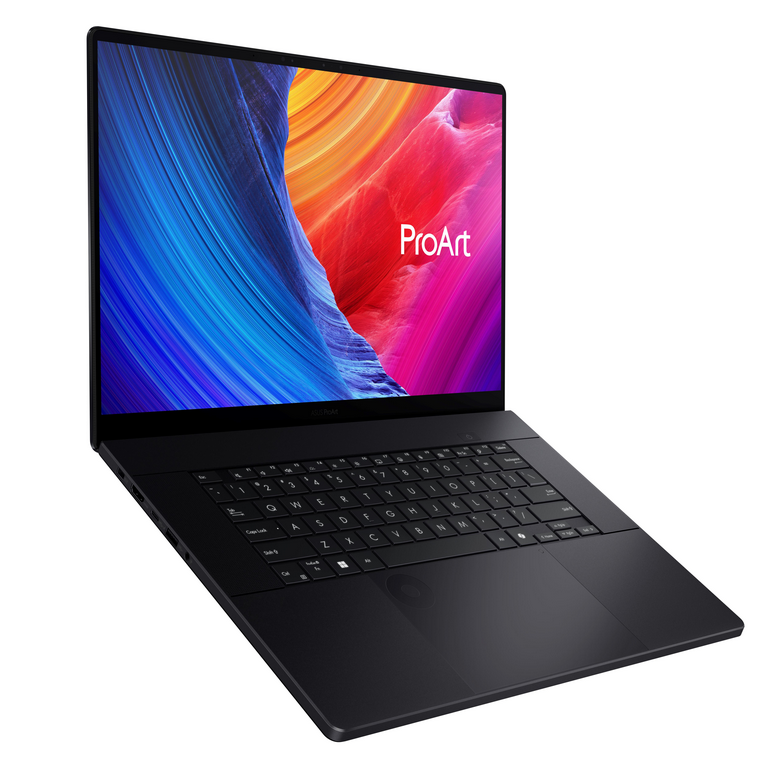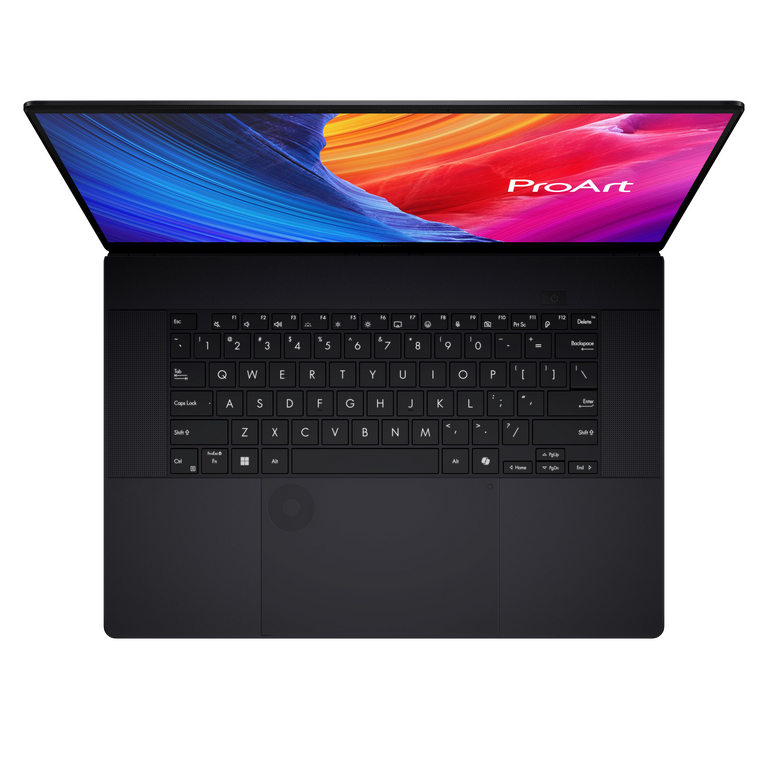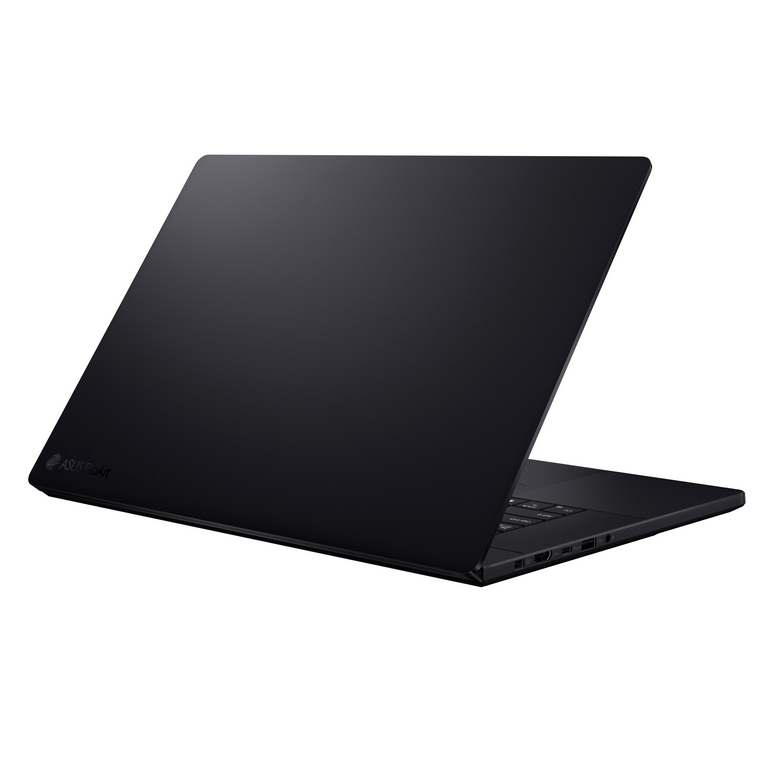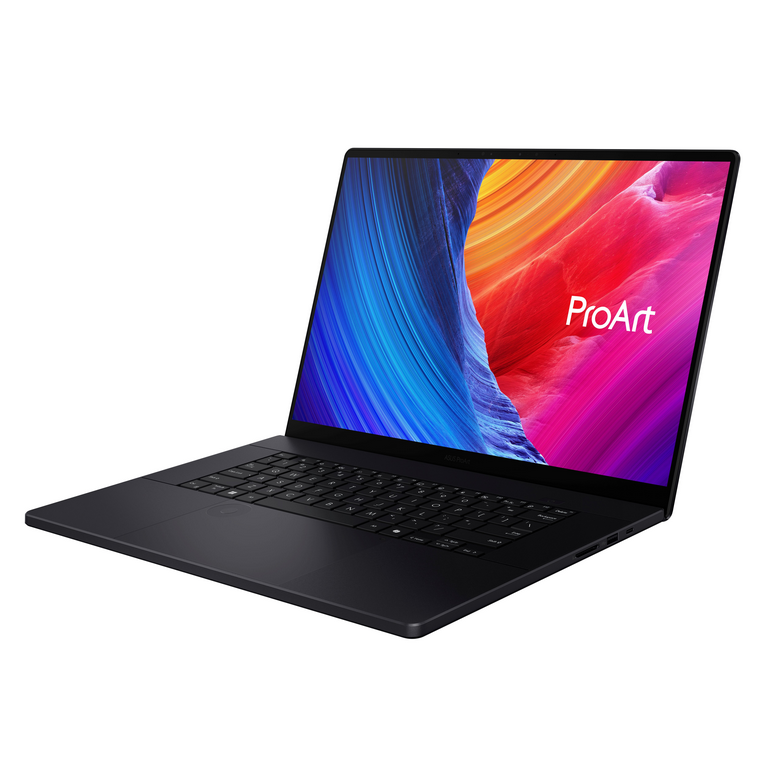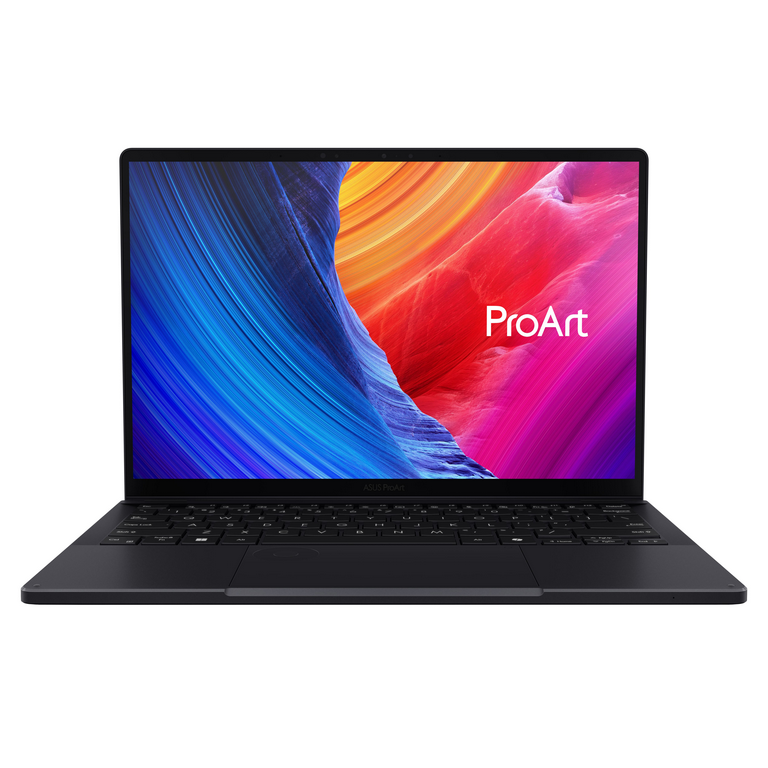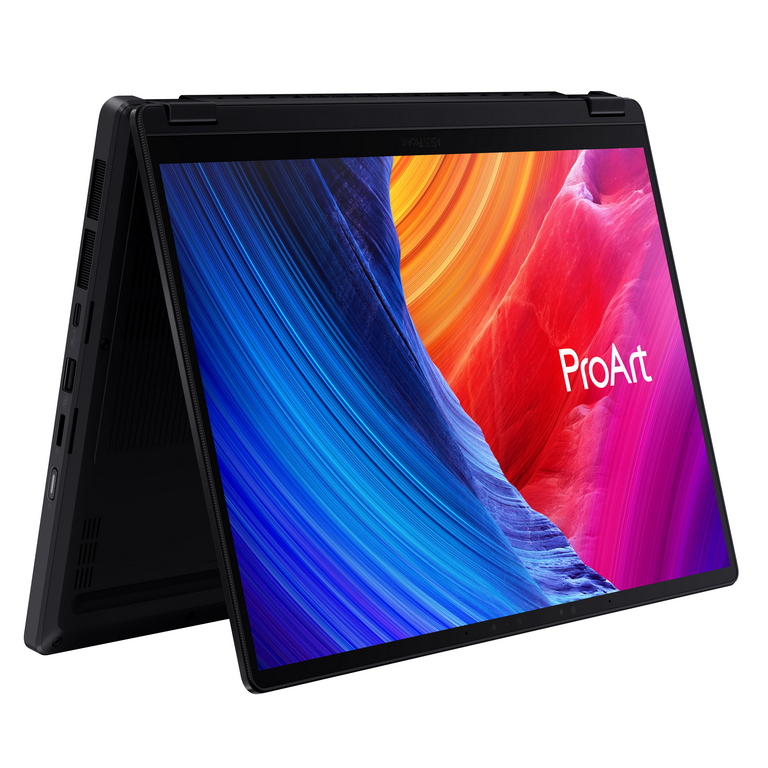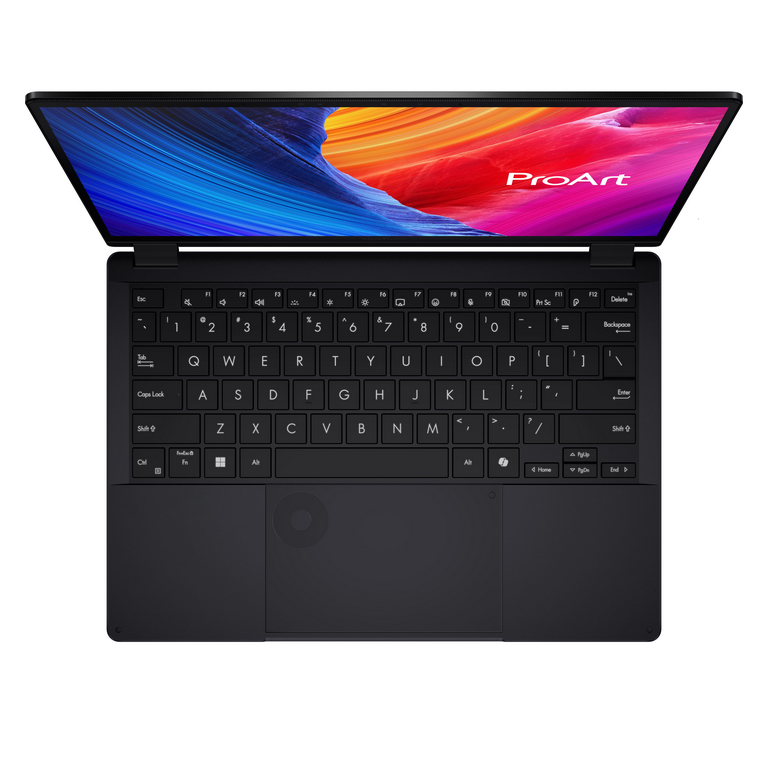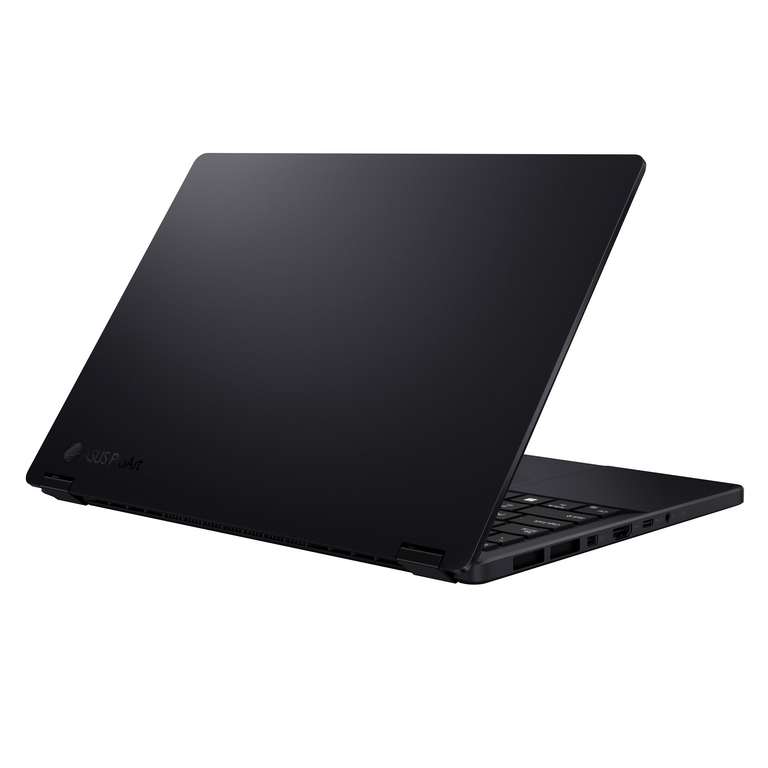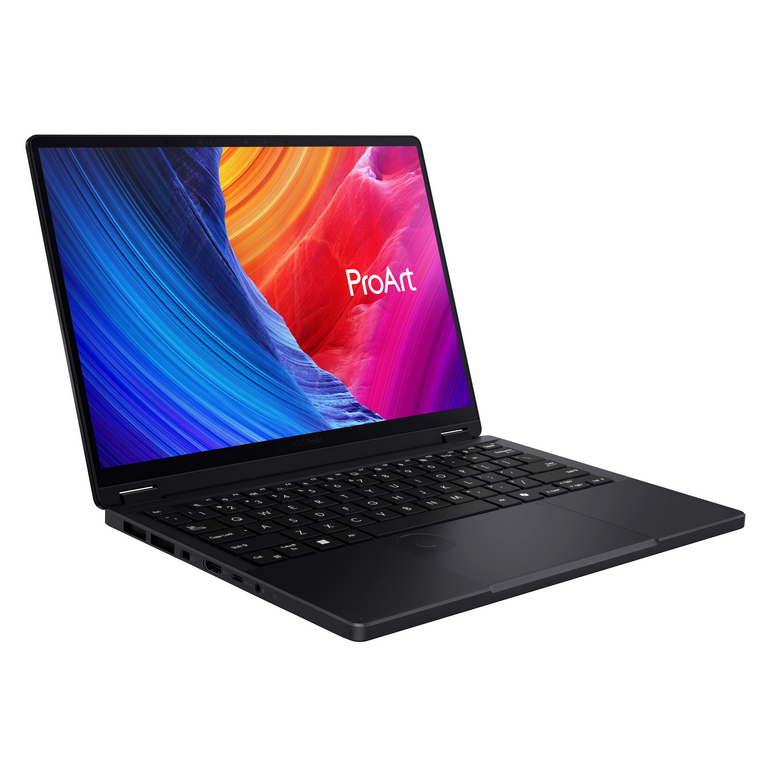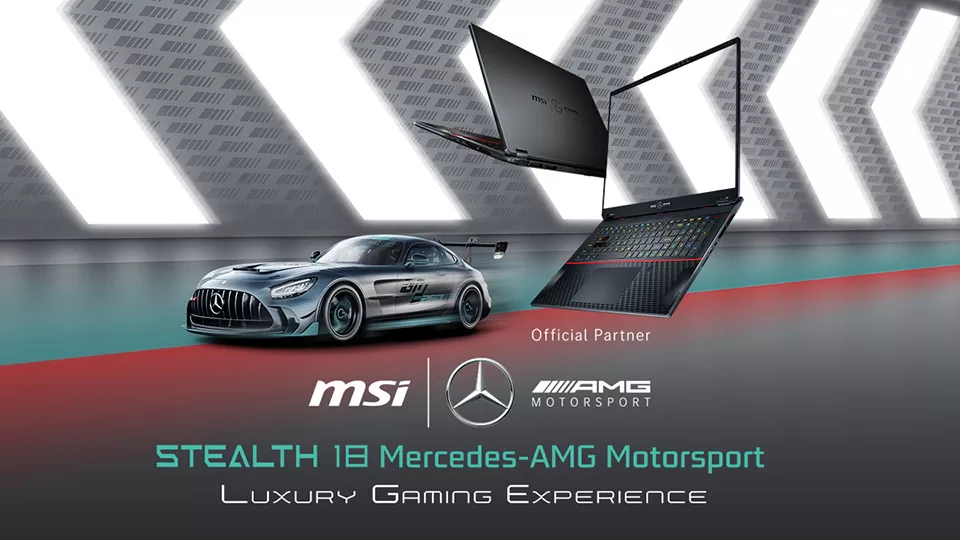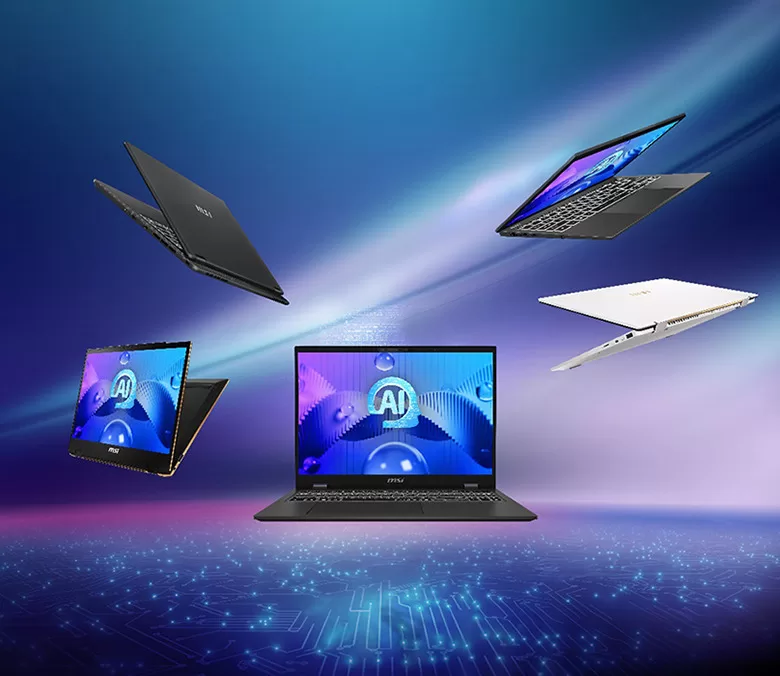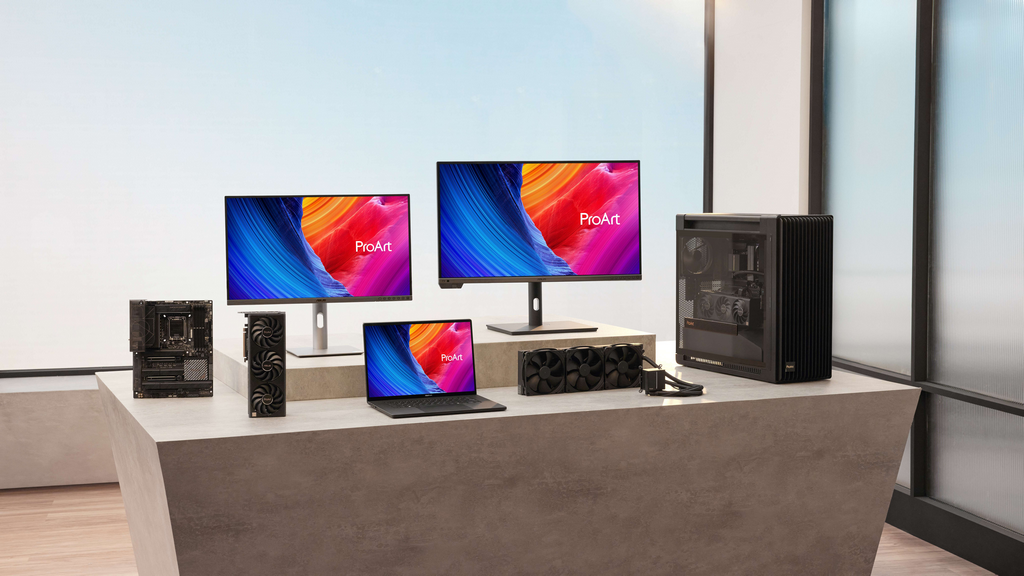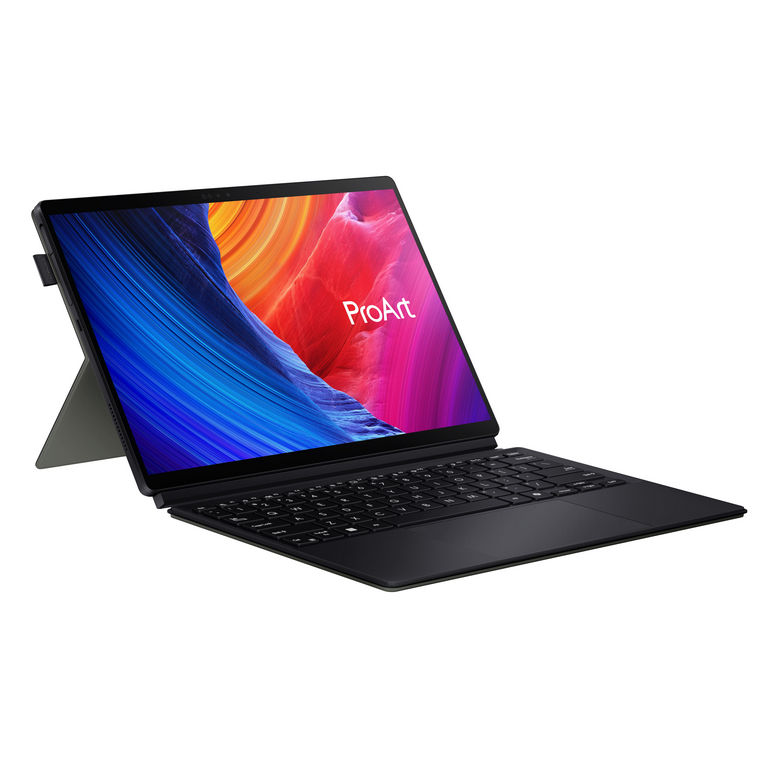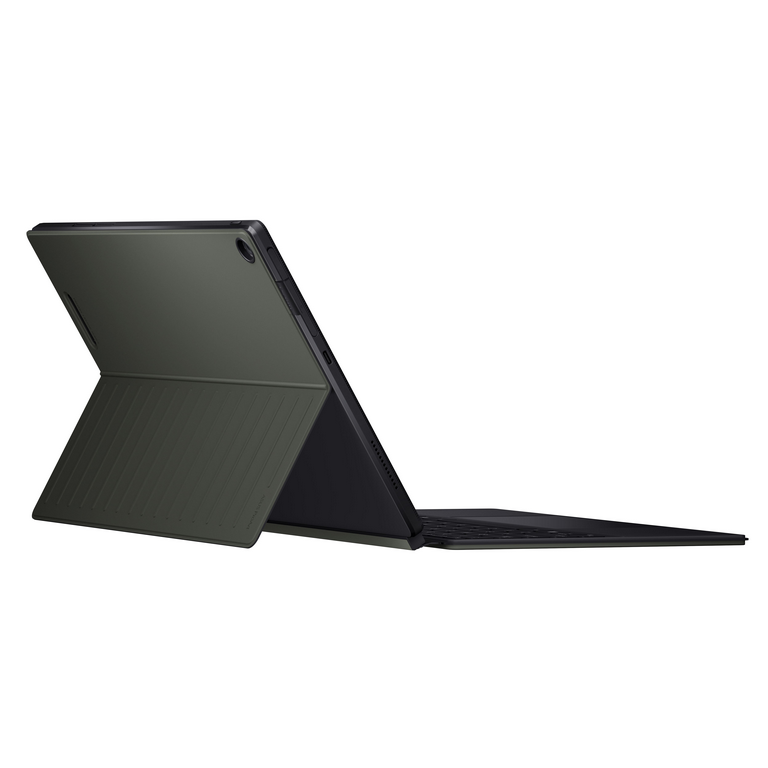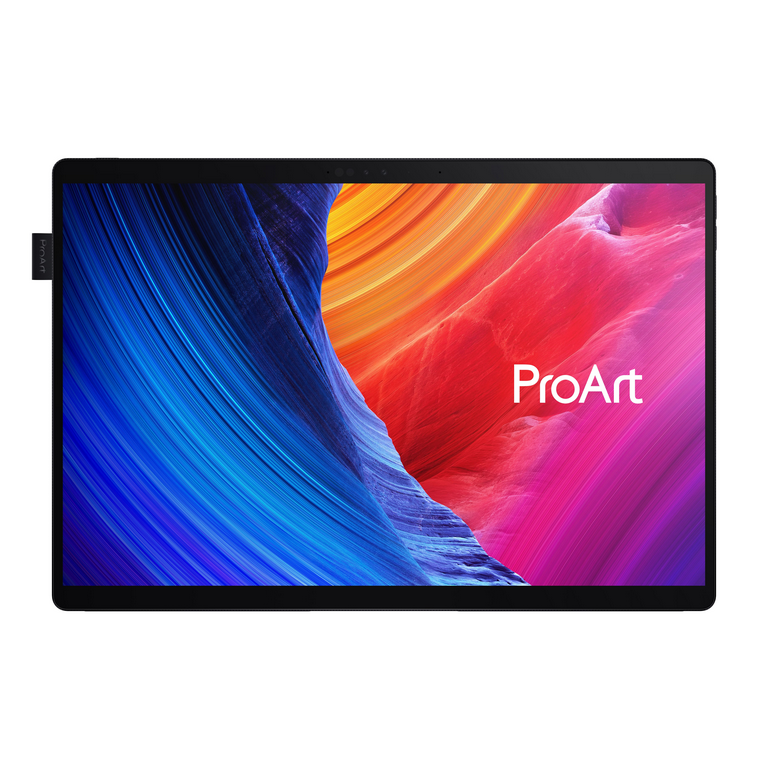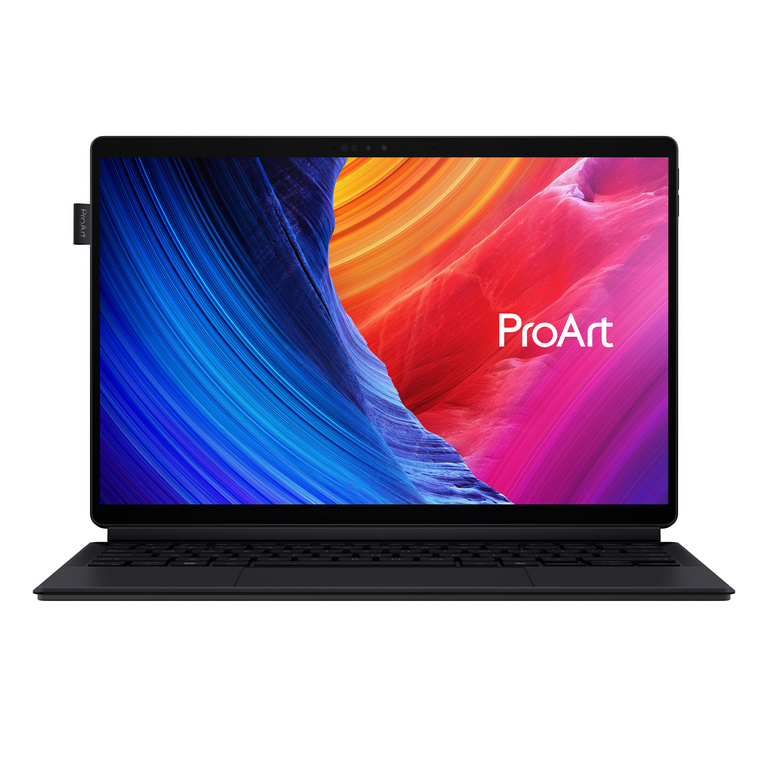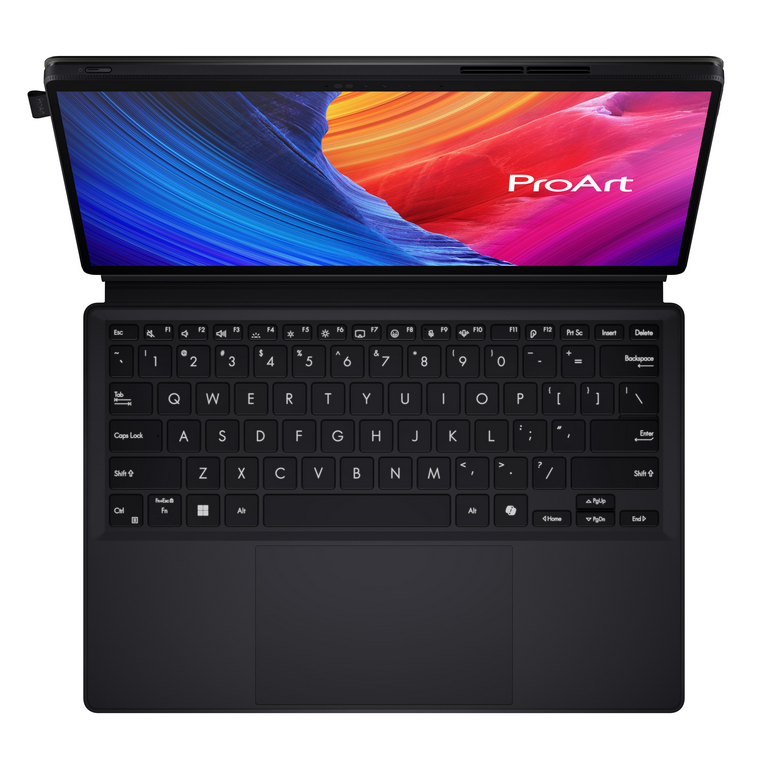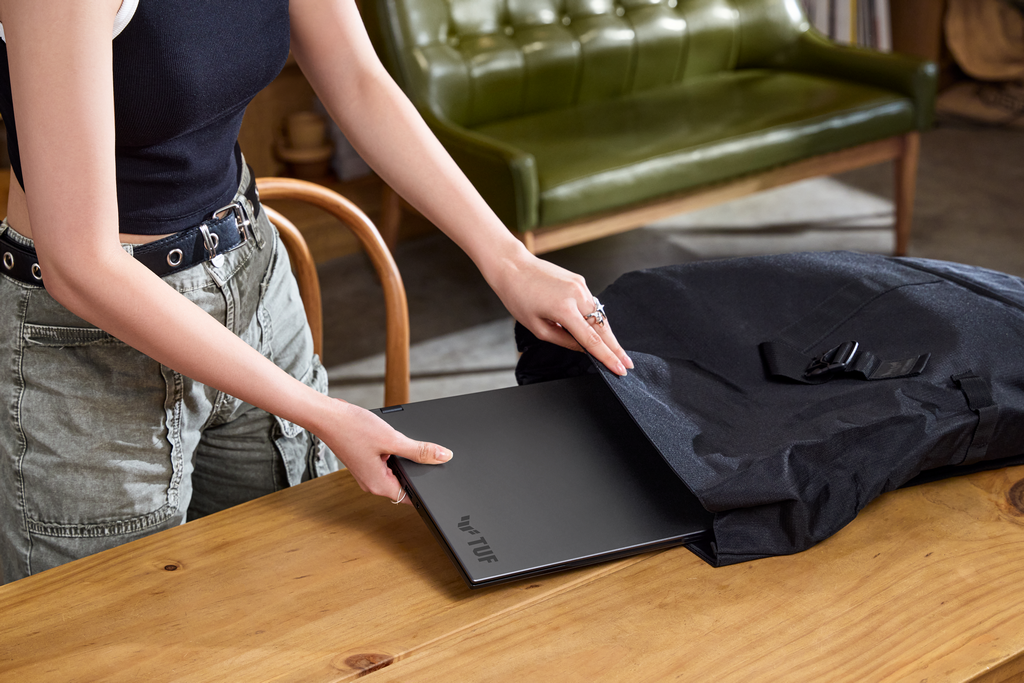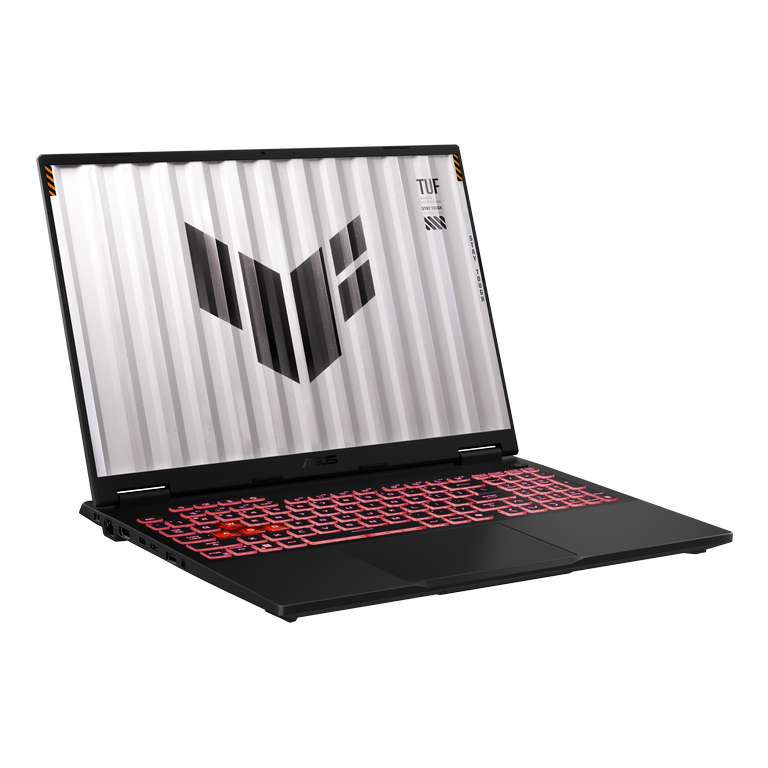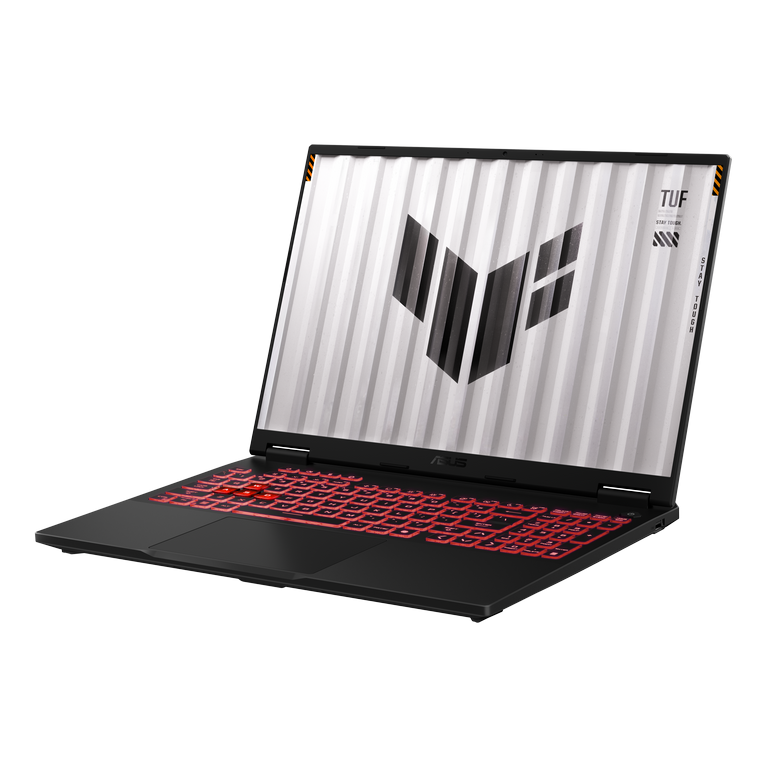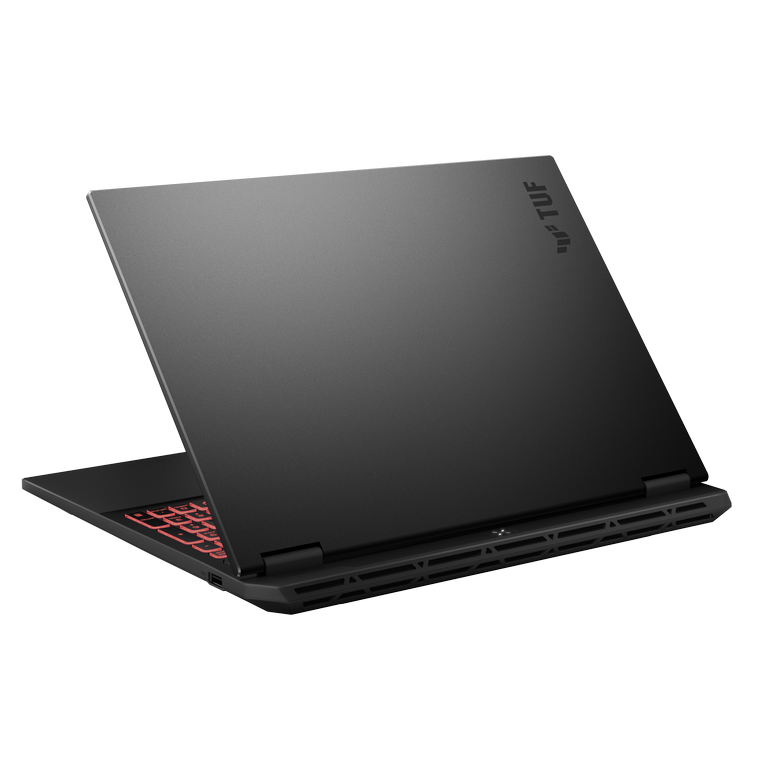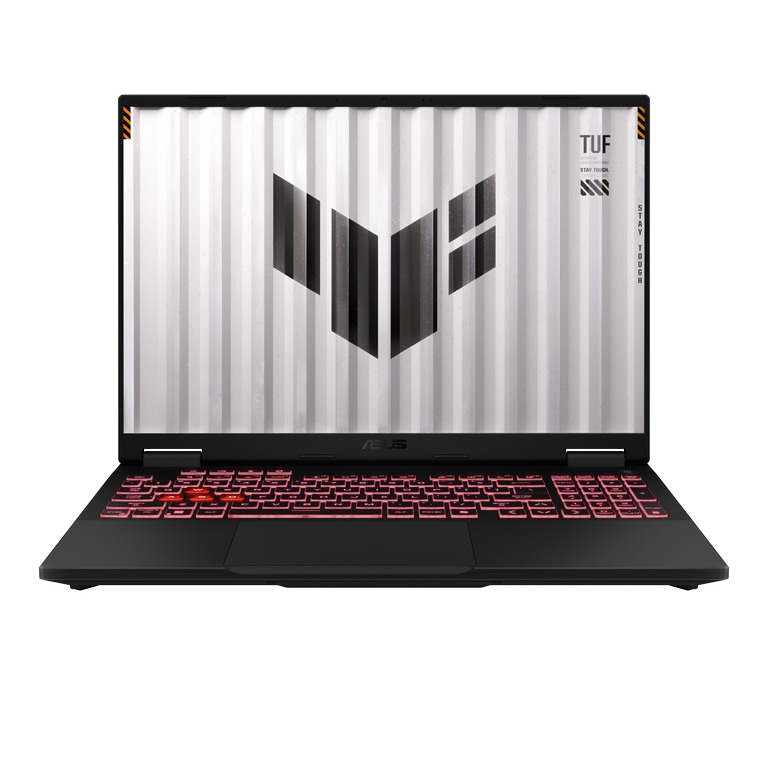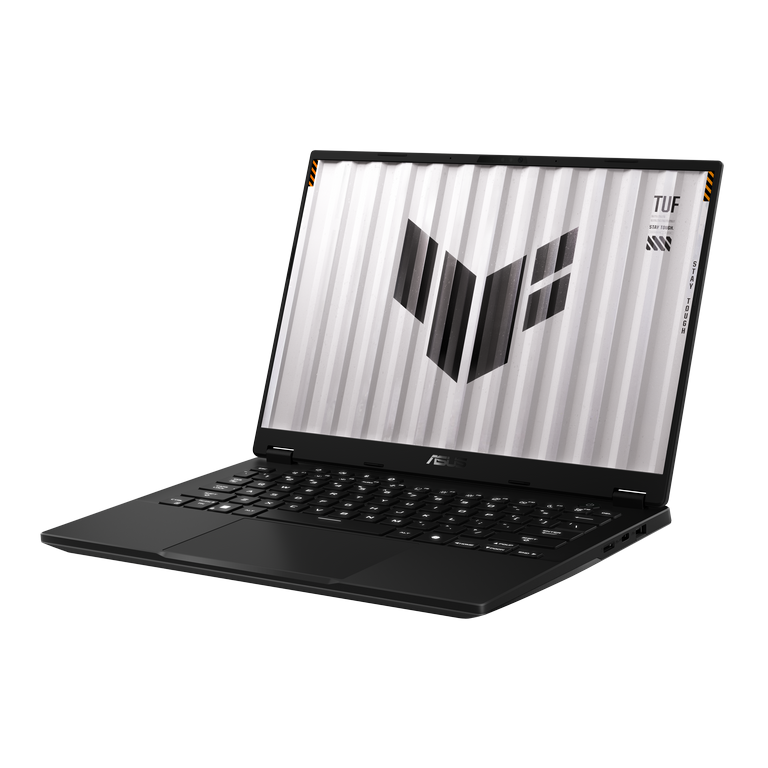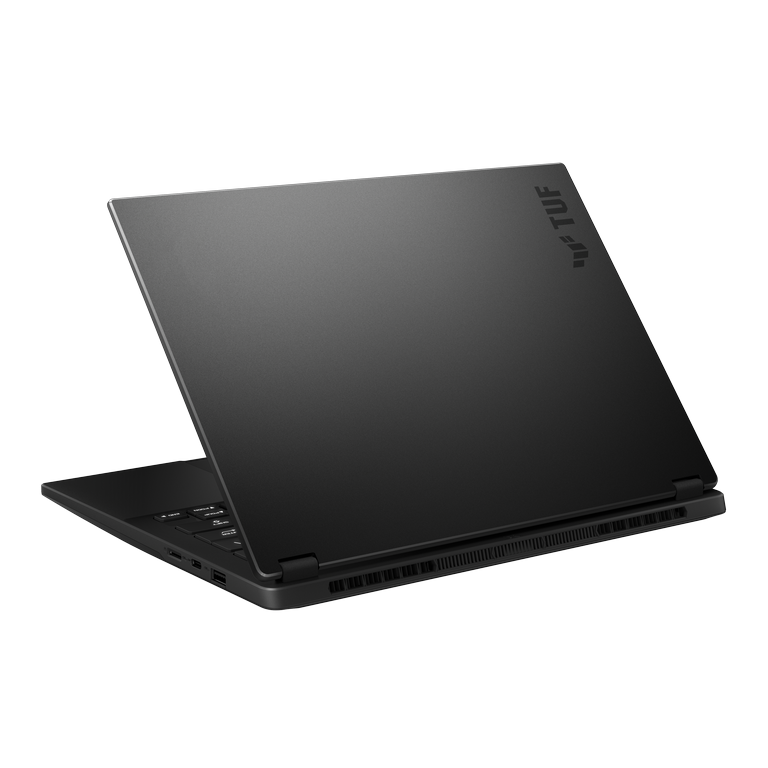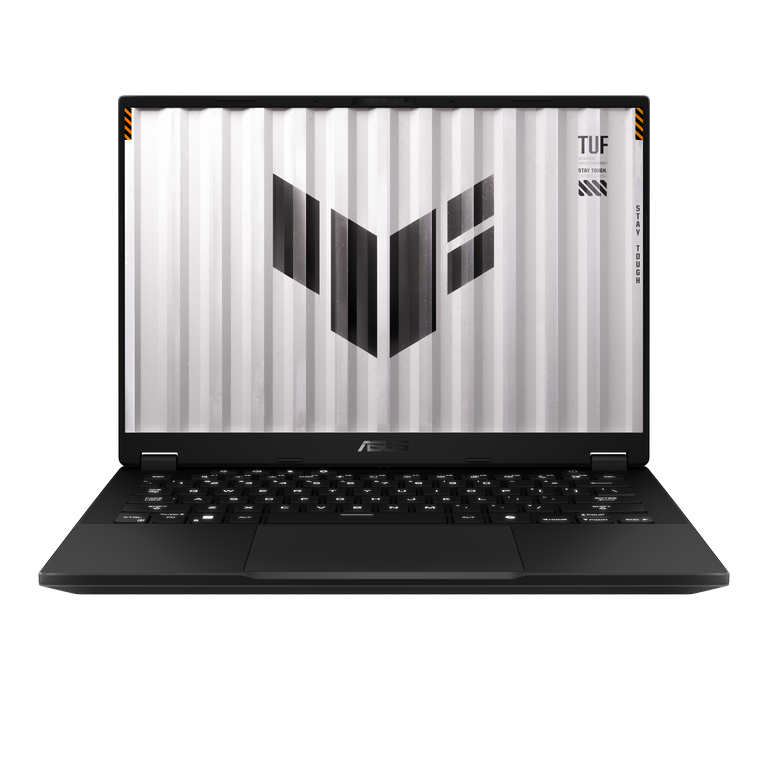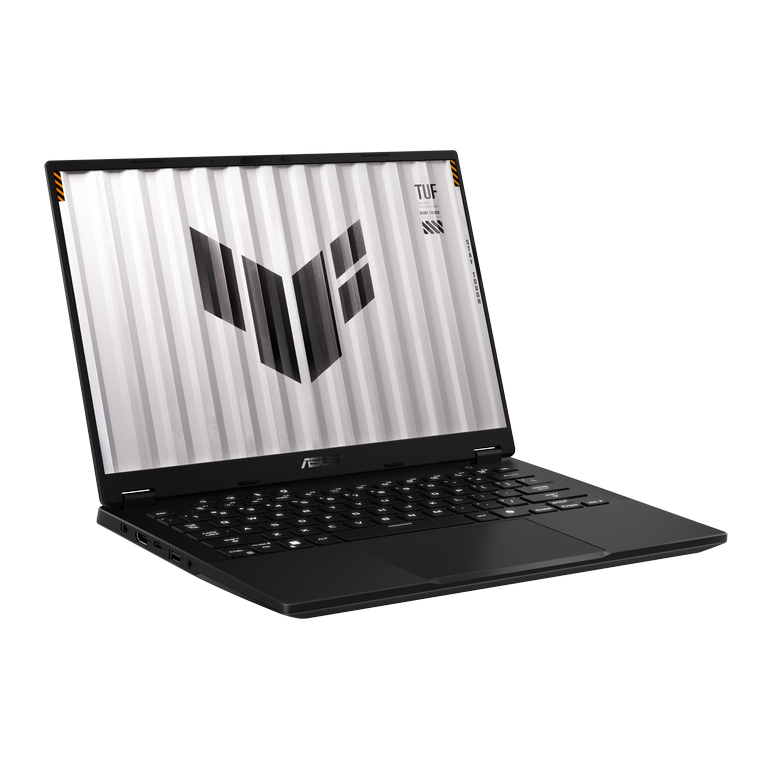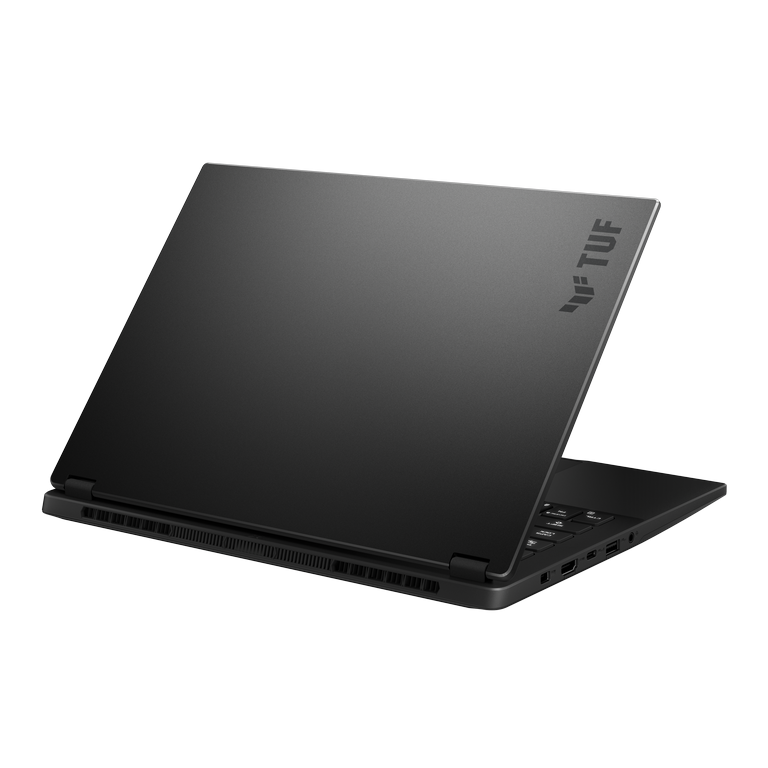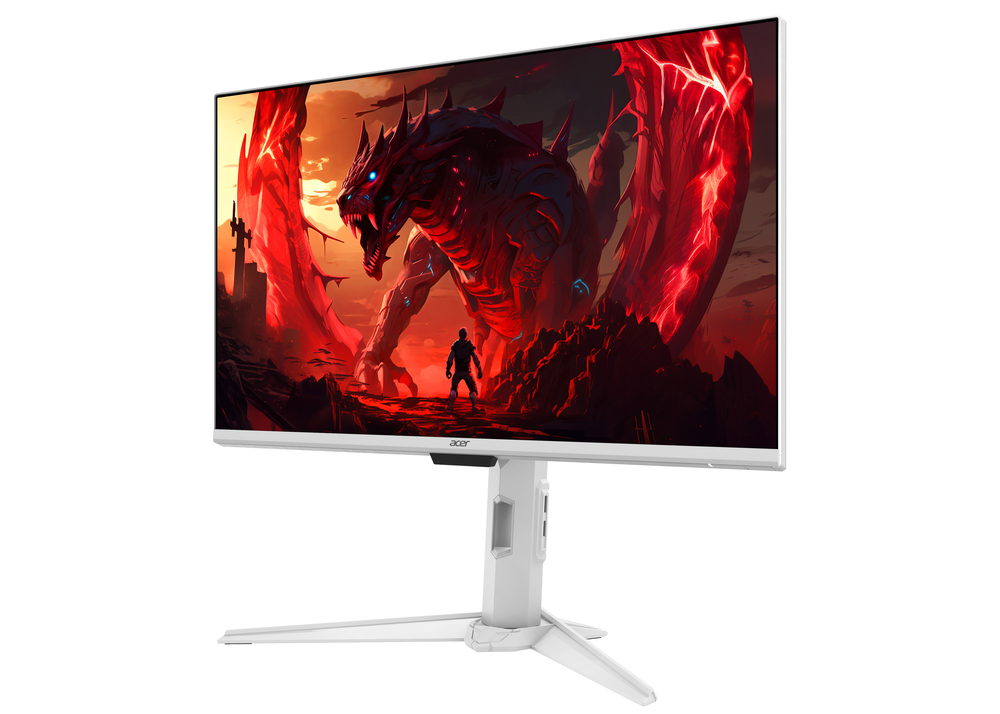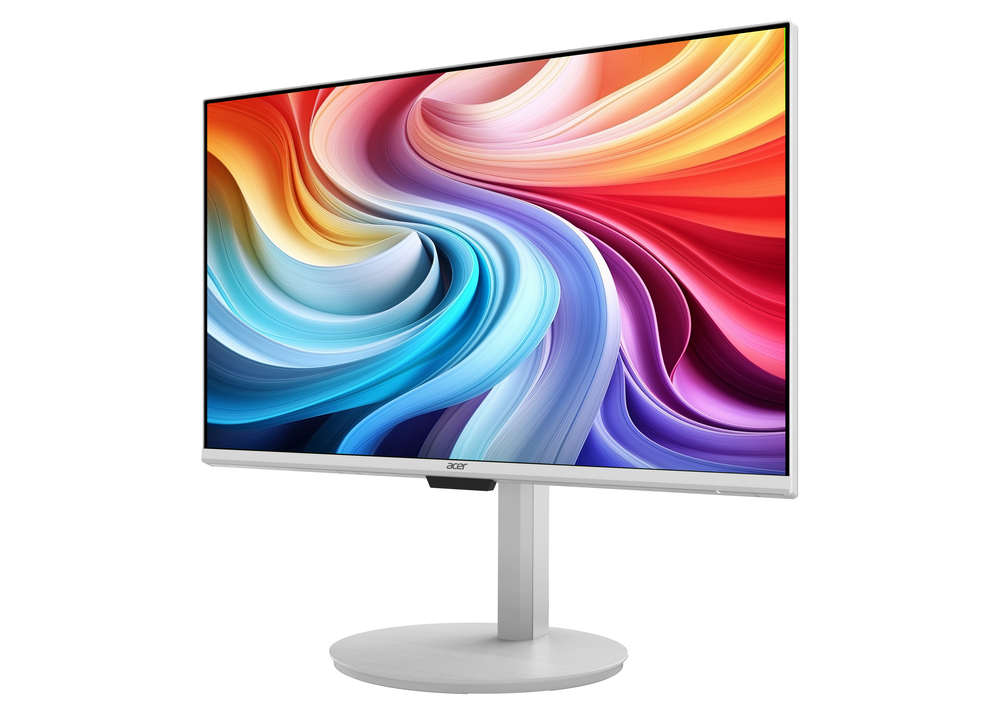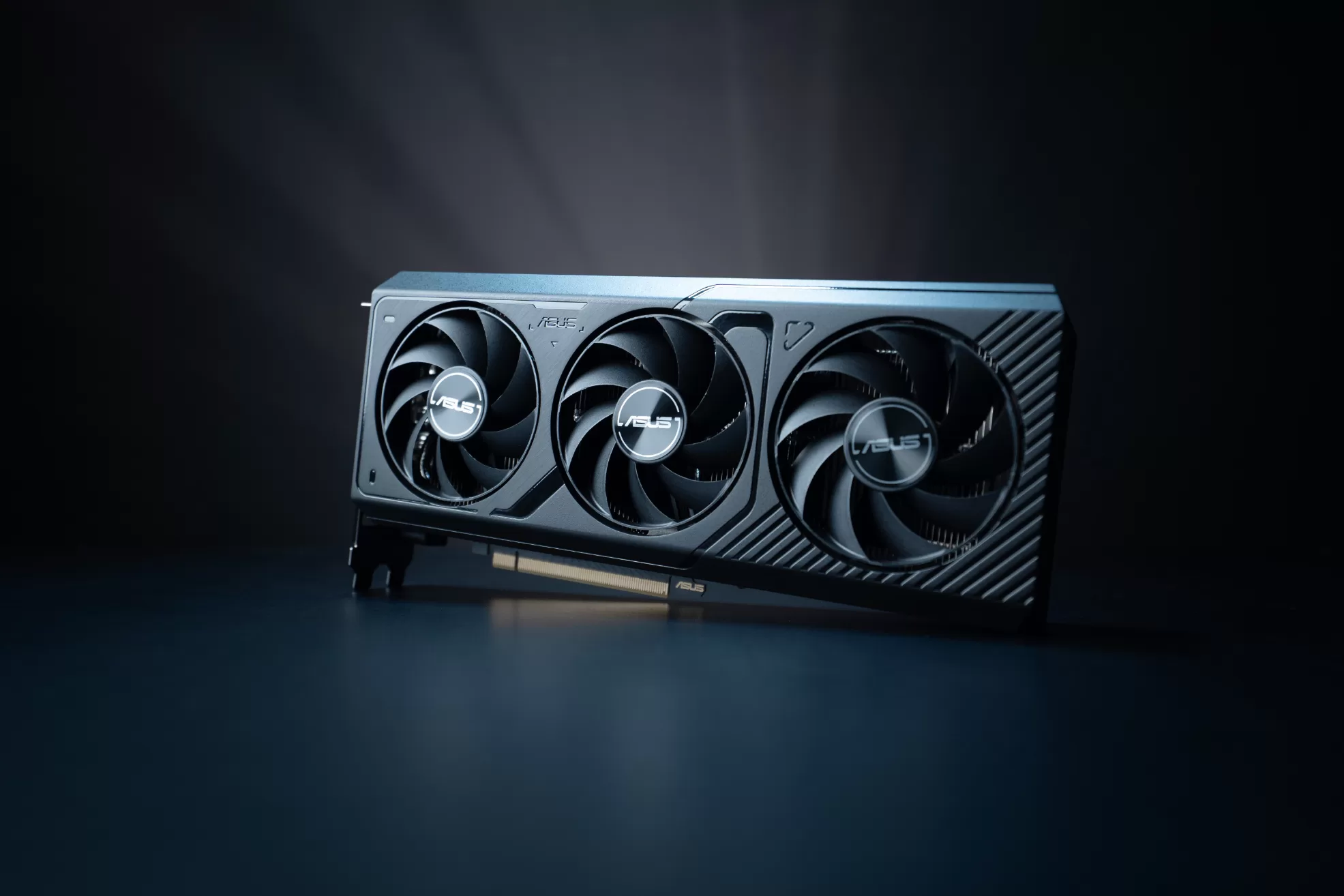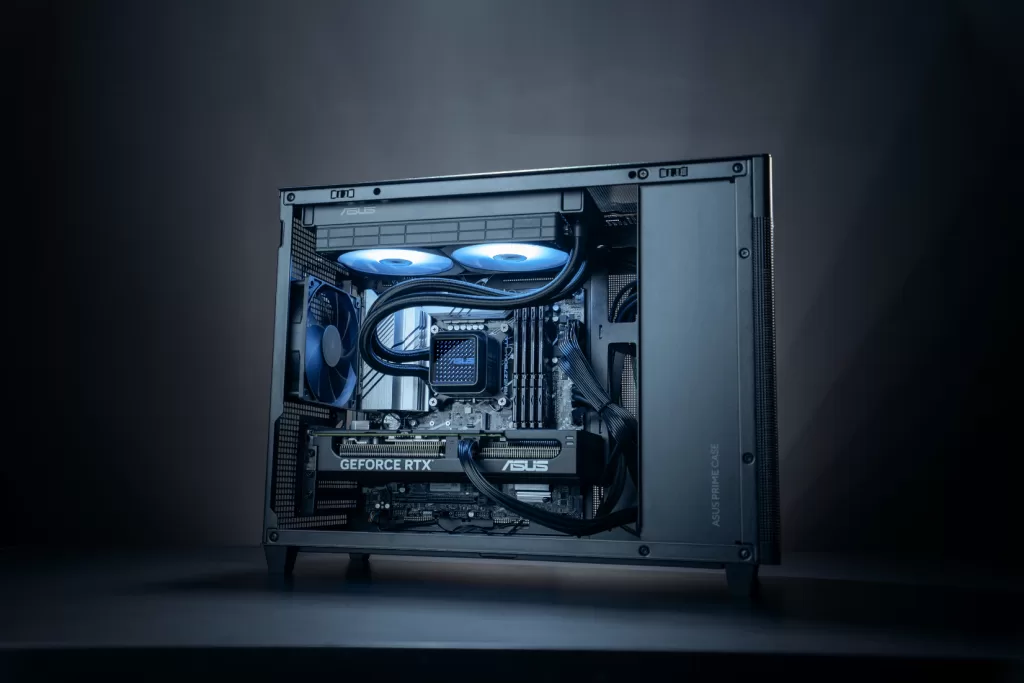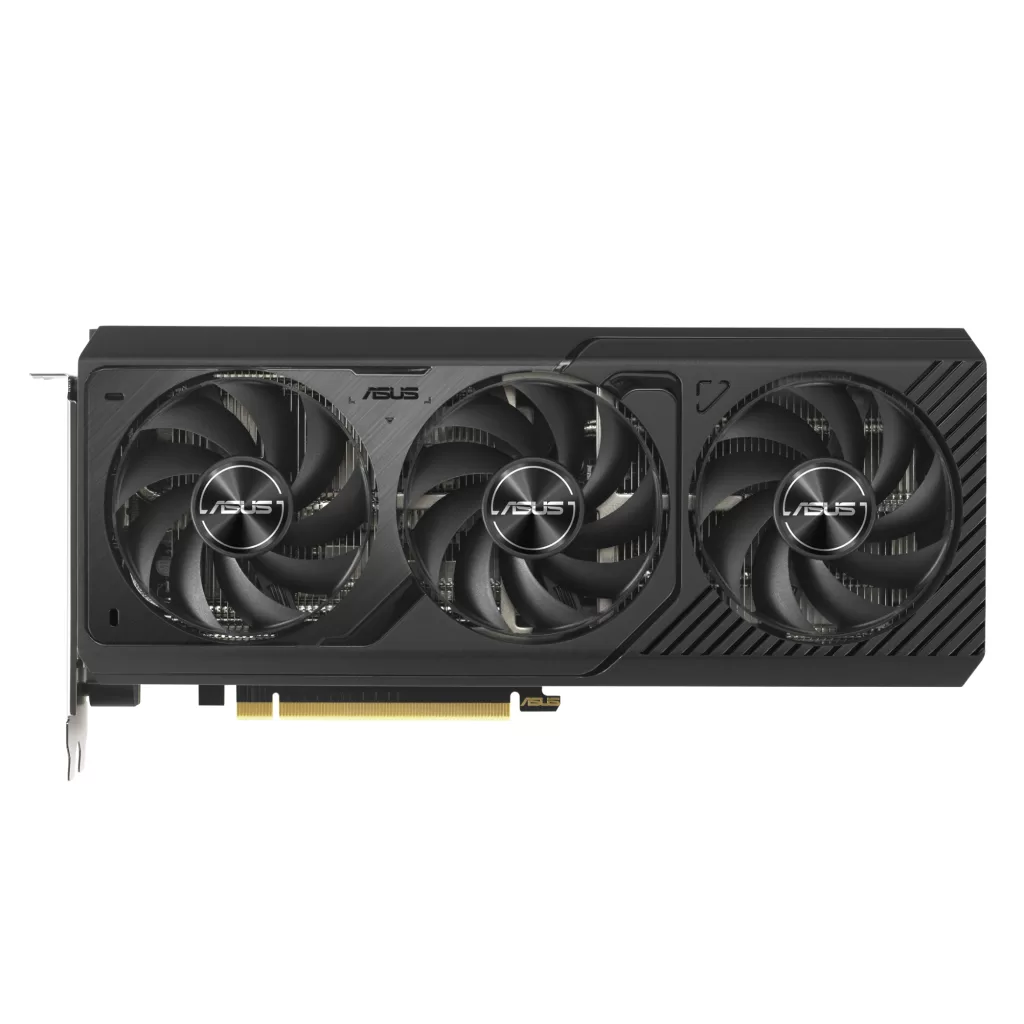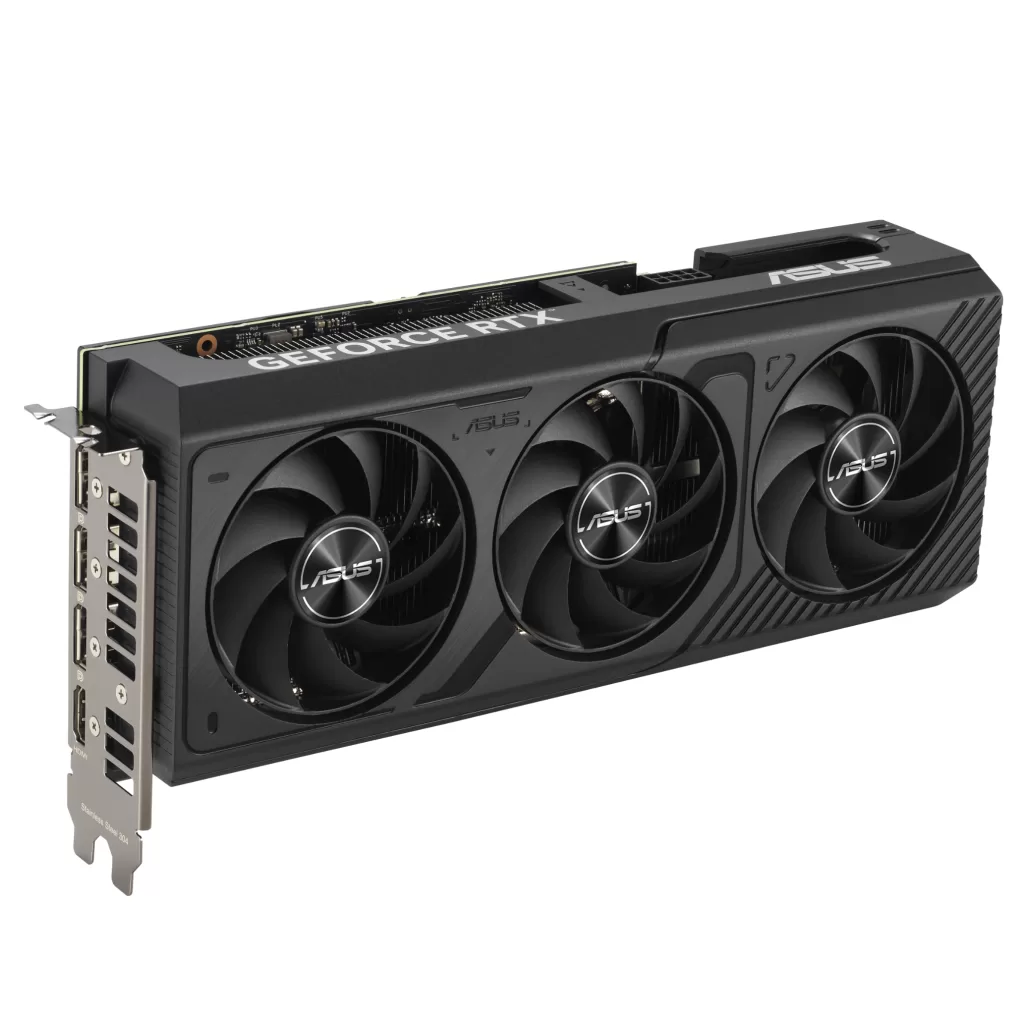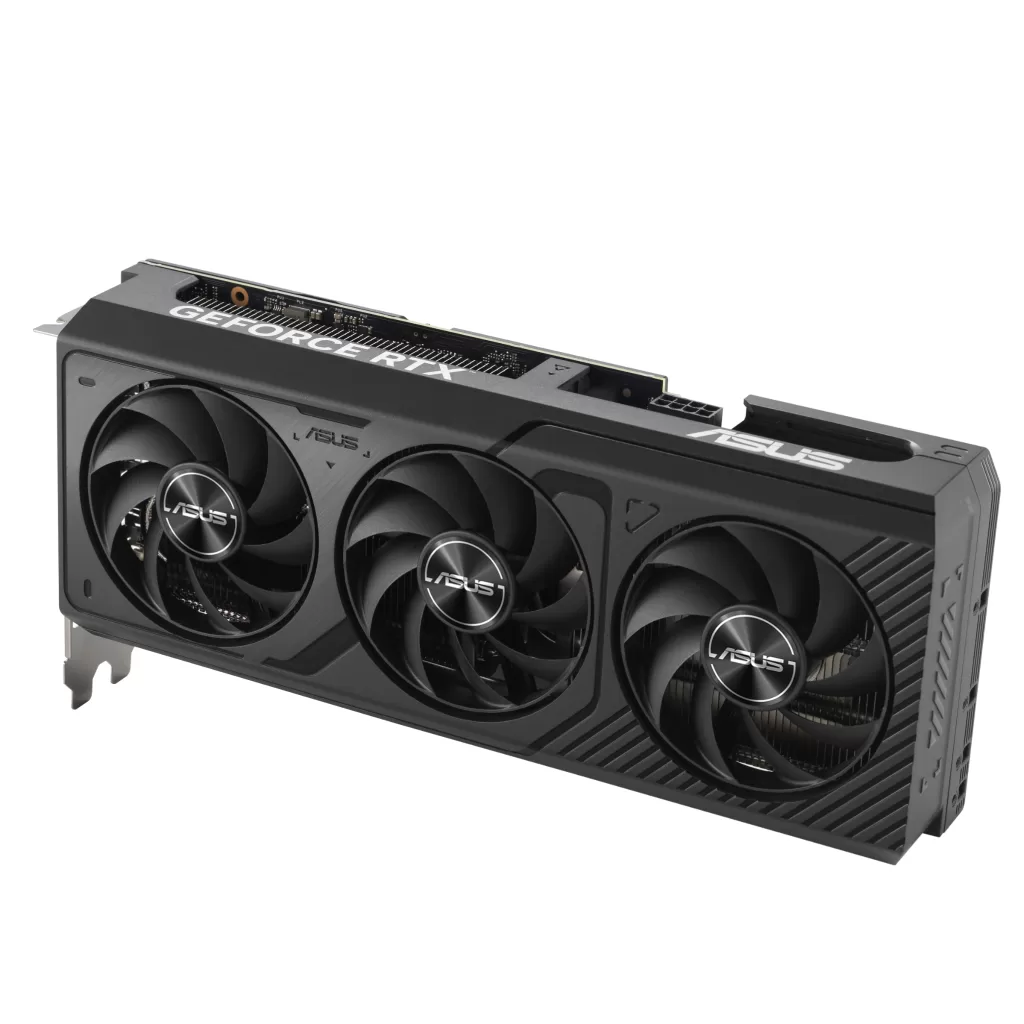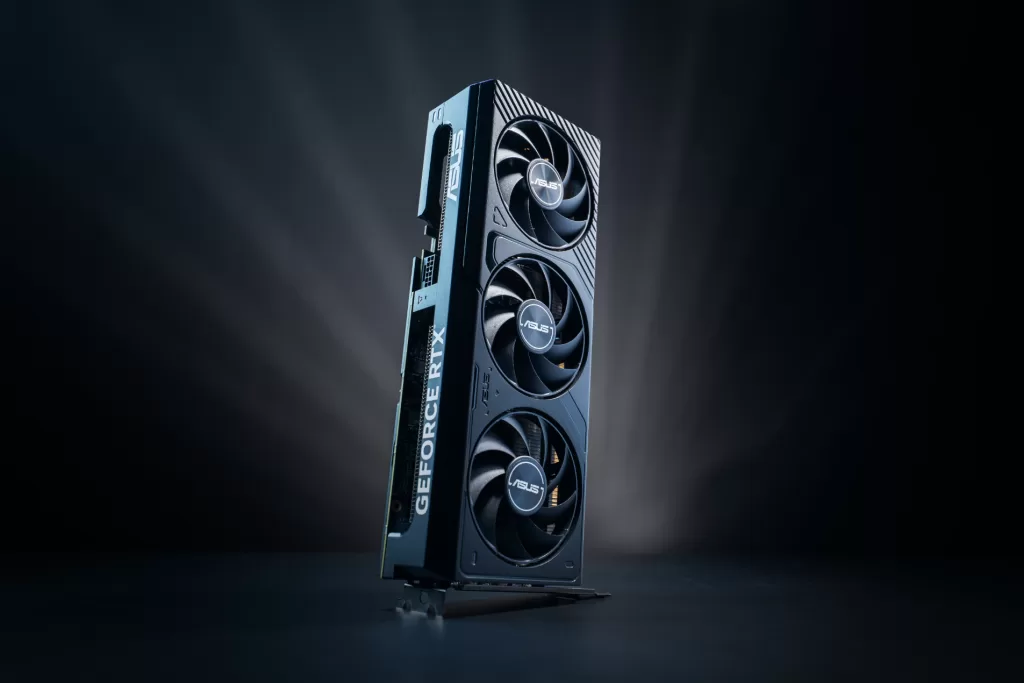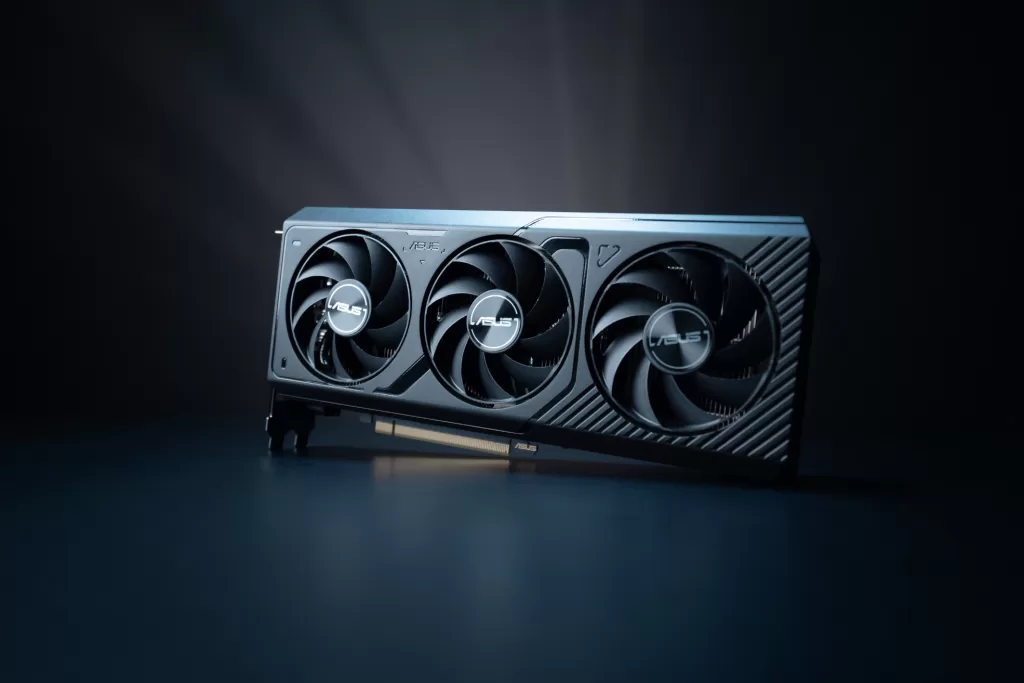This article is sponsored by ASUS Malaysia. Statements made in the article do not reflect the views of the techENT editorial teams.
For those of you out there looking for a laptop with decent graphics performance while on a budget, machines running an NVIDIA GeForce RTX 4050 are often recommended as the best you can get without breaking the bank. It not only offers close similar performance to the last generation RTX 3060 but also comes with support for DLSS 3.0 Frame Generation AI upscaling technology for a superior experience in games.
However, not every RTX 4050 laptop is built the same. Most brands cater towards the gamer crowd with their RTX 4050 laptops, while some put them into their thin-and-light machines targeting creative professionals. These, however, tend to result in laptops with certain compromises, as you’ll either end up sacrificing portability with the former thanks to a large, hefty chassis, or performance in the latter due to cooling constraints.
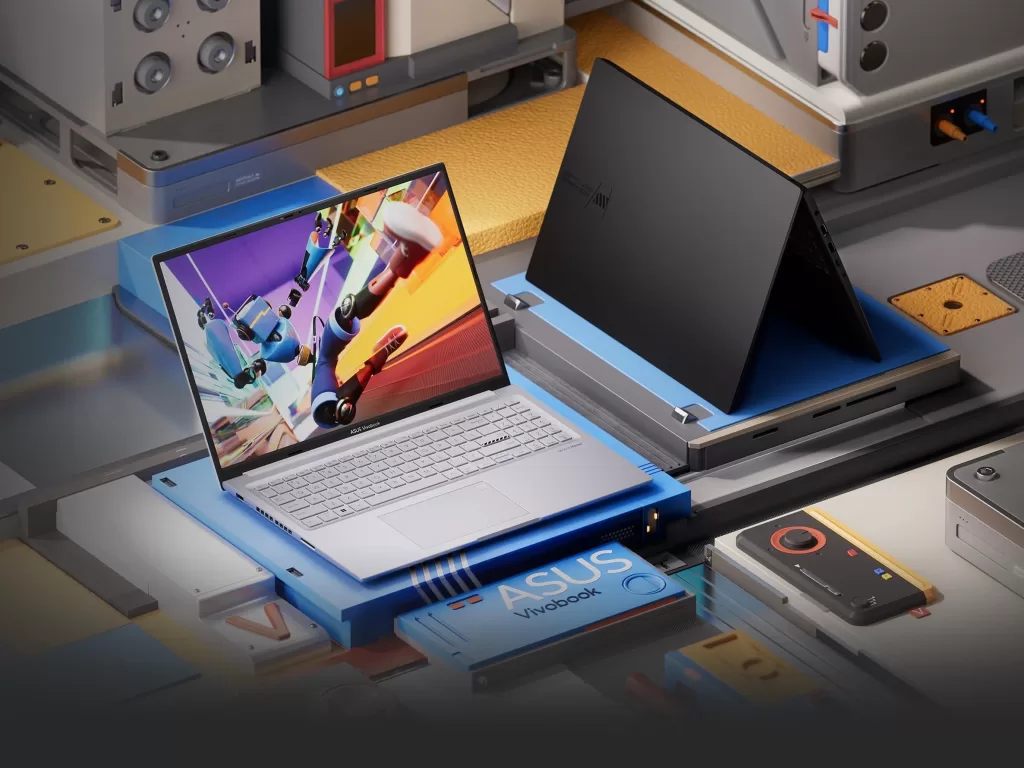
That’s where the ASUS Vivobook 16X (K3605) comes in. This is not only the lightest 16-inch laptop with an RTX 4050 in Malaysia, but it’s also a beast of a machine thanks to its capable 12-core processor under the hood. In fact, here are five reasons why we think the Vivobook 16X is the ideal machine for creative professionals on-the-go who double as casual gamers when it’s time to clock off work.
1. Perfect balance between performance and cooling
As we perhaps hinted at before, the Vivobook 16X packs a pretty decent punch under the hood despite its more subtle appearance. For starters, you’ll find a 12th Gen Intel Core i5-12500H here, which is a high-end CPU for laptops that packs four Performance cores and eight Efficient cores for a total of 12 cores with 16 threads.
Now we know what you’re thinking: 12th Gen Intel Core i5-12500H? Isn’t that fairly old by now? Well, yes, it’s a two-year-old processor, but just because it’s a little older doesn’t mean that it’s a bad option. See, thanks to the relatively high number of CPU cores, it stands out as a fantastic alternative compared to even newer processors such as the 13th Gen Intel Core i5-13420H, averaging about 13% higher results in the Cinebench R23 multi-core benchmark. This makes it a great choice for those planning to do heavy multithreaded workloads such as video editing and 3D modelling.
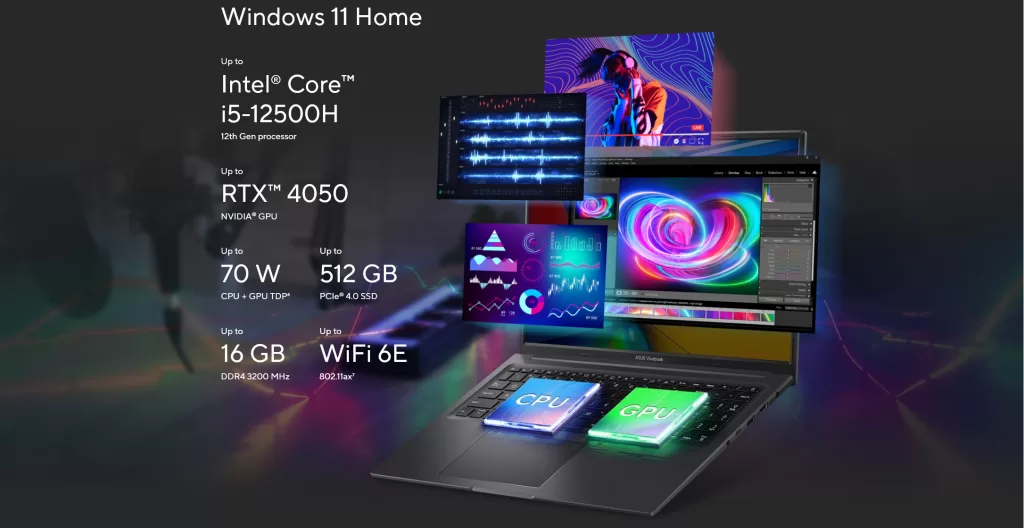
That doesn’t mean that it can’t game either; the Intel Core i5-12500H not only closely matches the Core i5-13420H in Cinebench R23 single-core benchmarks, but also ever so slightly averages higher performance numbers than the Intel Core Ultra 5 125H, which is two generations newer than the Core i5-12500H.
Knowing how well the Core i5-12500H stacks up against its newer siblings, it’s no wonder then that it’s the best for a value-focused performance machine such as the ASUS Vivobook 16X. It’s not all about the CPU only though; the Vivobook 16X also packs in an NVIDIA GeForce RTX 4050 laptop GPU based on the latest ADA Lovelace architecture, allowing you to not only excel at pro-level rendering and other creative needs but also in-game with support for features like DLSS 3.0 Frame Generation for super smooth gameplay. The Vivobook 16X also uses NVIDIA Studio drivers, ensuring that you get maximum stability especially when it comes to professional creative apps used to edit photos and videos. On top of that, there’s even a MUX Switch enabling you to choose between using the discrete GPU or switching to the iGPU for a much longer battery life.
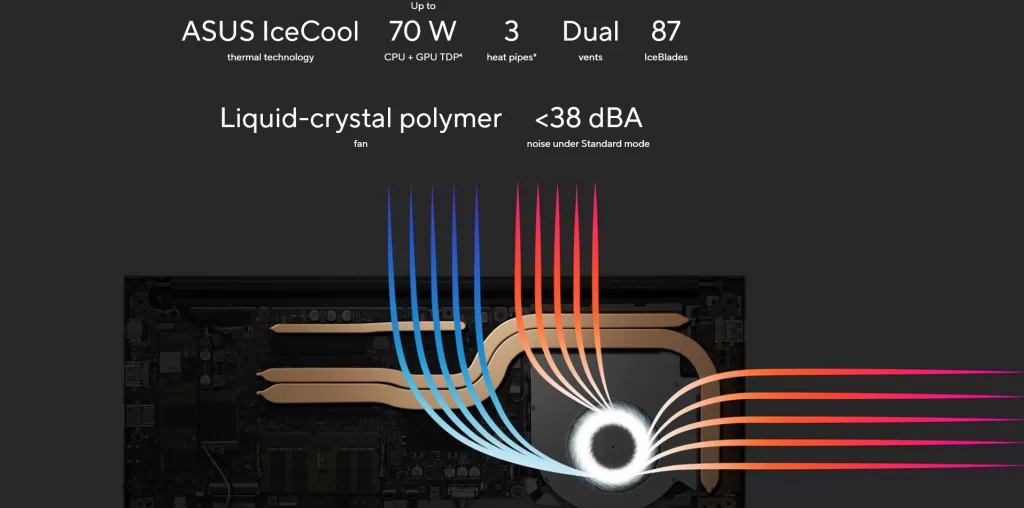
This marriage of powerful hardware and cutting-edge AI upscaling technologies means that you’ll be able to comfortably run triple-A titles such as Cyberpunk 2077 at high settings or Black Myth: Wukong with a mix of medium and high settings, and still expect 60fps and higher in-game.
All of that powerful hardware is kept nice and cool too with ASUS IceCool thermal technology, with upgraded 8mm, 6mm and 4mm heat pipes along with an 87-blade IceBlade fan for efficient heat transfer. Such cooling performance allows the Vivobook 16X to run with up to 70W CPU+GPU TDP in performance mode with no thermal throttling.
2. Slim, light and the most portable RTX 4050 16” Laptop
We’ve already mentioned a lot about what’s powering the Vivobook 16X, and while it’s what’s inside that counts, it’s hard to ignore the fact that first impressions tend to last forever too. Luckily then the Vivobook 16X offers a great user-friendly design, with the classic Vivobook raised logo on the metallic lid, and measures just 18.9mm thin. It’s also merely 1.8kg light, making this one of the most portable RTX 4050 laptops you can get right now with a 16-inch display.
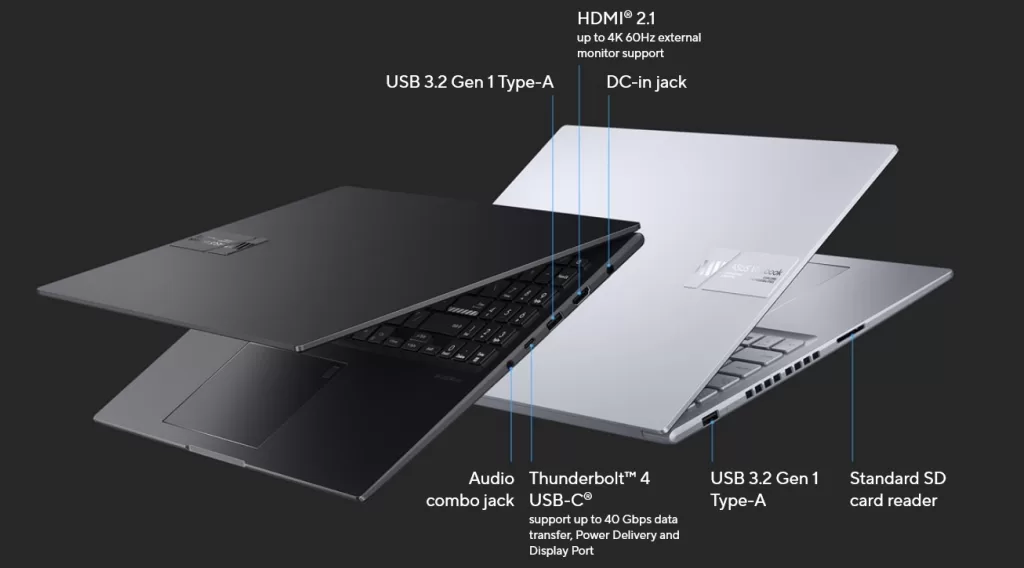
That puts it in stark contrast to the other 16-inch laptops out there that feature similar levels of performance. In fact, in most cases, you’ll be resorting to gaming laptops with an uber-thick chassis typically above 20mm thick as well as weighing oftentimes over 2kg. Such heft makes them a lot more inconvenient for creators on the go who value not only performance but also portability, which is where the Vivobook 16X comes in with its slim chassis and compelling hardware.
ASUS laptops are also engineered to withstand more so that they can tough it out, and the Vivobook 16X is no different as it meets the US MIL-STD-810H military grade standard, making it reliable and durable. Other great design choices here include a 180-degree lay-flat hinge design for easy sharing, an ASUS ErgoSense keyboard for a more satisfying typing experience, and an ASUS Antimicrobial Guard for up to 99% bacterial growth inhibition for at least three years.
3. Perfect for work and play with accurate colours and a high refresh rate
ASUS has been at the forefront of laptop display technology for a long time now, and you can certainly see that with the Vivobook 16X. As this is a laptop that will likely find itself being used by many professional creatives, the Vivobook 16X comes kitted out with a large 16-inch IPS display in a 16:10 aspect ratio for additional screen real estate and covers 100% of the sRGB colour gamut that’s essential for colour accurate work.
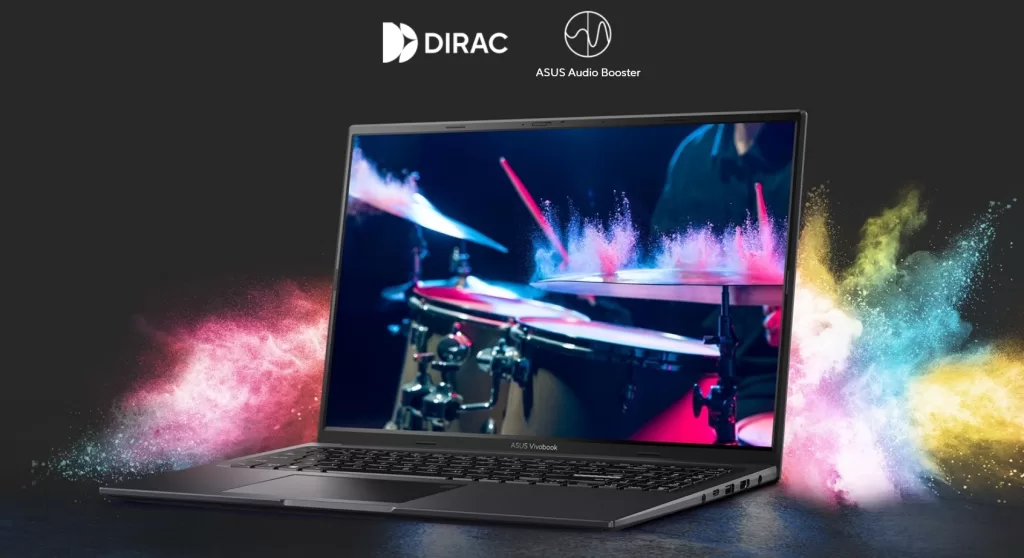
The WUXGA (1920 x 1200) resolution meanwhile offers great clarity even when up close and personal with the Vivobook 16X. You’ll also find that the Vivobook 16X’s display offers a 144Hz refresh rate, as well as 300nits of brightness and is even kind to your eyes thanks to it being TUVRheinland low blue light and flicker-free certified.
All of this makes the 16-inch display on the Vivobook 16X perfect for creators who would be able to appreciate the larger screen and taller aspect ratio to better see your workflow while maintaining impeccable colour accuracy too. And then once it’s time to clock off work, you’ll be able to quickly transform the Vivobook 16X into a portable gaming station that lets you see everything in-game at a buttery smooth 144Hz.
4. Complete selection of I/O ports
It perhaps goes without saying that almost all of us would hate carrying dongles with us. Your laptop should simplify your workflow, rather than become a headache every time you want to connect a simple accessory or transfer files from it. That’s again one of the great reasons why the Vivobook 16X can appeal to everyone from gamers to creatives, as it packs in a complete selection of I/O ports so that you can connect just about anything and everything to it.
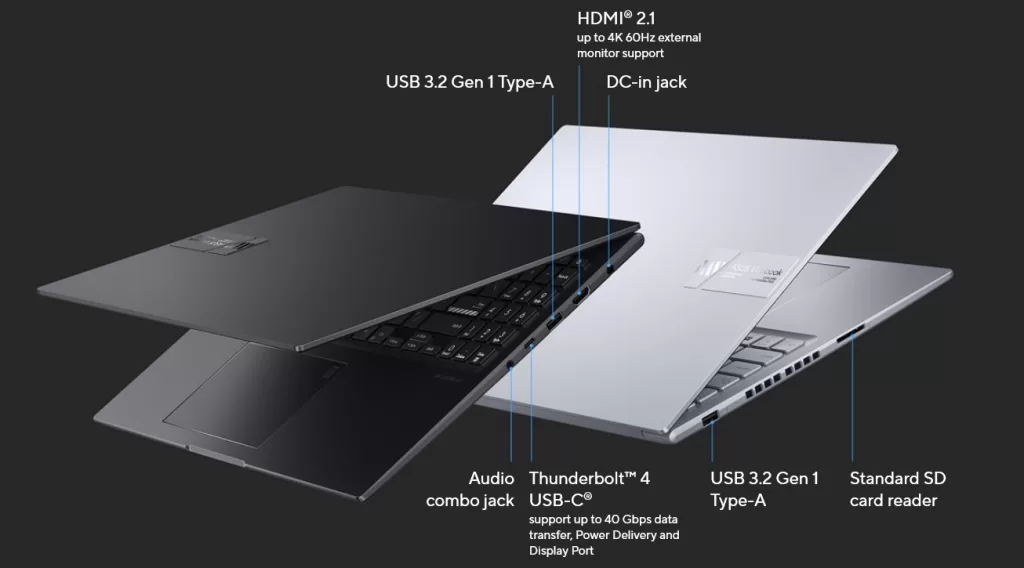
Specifically, the ASUS Vivobook 16X packs in two USB 3.2 Gen 1 Type-A ports, a USB-C Thunderbolt 4 port with support for display output and power delivery, a HDMI 2.1 TMDS port, a 3.5mm combo audio jack and an SD card reader too. And that’s not all either as the Vivobook 16X offers great wireless connectivity options too thanks to support for WiFi 6E and Bluetooth 5.3.
As such, you’ll be able to enjoy speedier transfers be it from an external SSD or an SD card after your shoots and productions, or if you prefer, simply download everything back from the cloud; it’s all no issue thanks to the complete connectivity options on the Vivobook 16X.
5. Brilliant option on a budget for everyone
With a new revised price tag of just RM3,999, the ASUS Vivobook 16X is truly a fantastic buy for anyone wanting an easy entry-level professional or gaming laptop that is not just powerful and capable but portable and durable too. You can find the Vivobook 16X on sale at our ASUS official eStore as well as on shelves from our retail partners nationwide.
This article is sponsored by ASUS Malaysia. Statements made in the article do not reflect the views of the techENT editorial teams.
